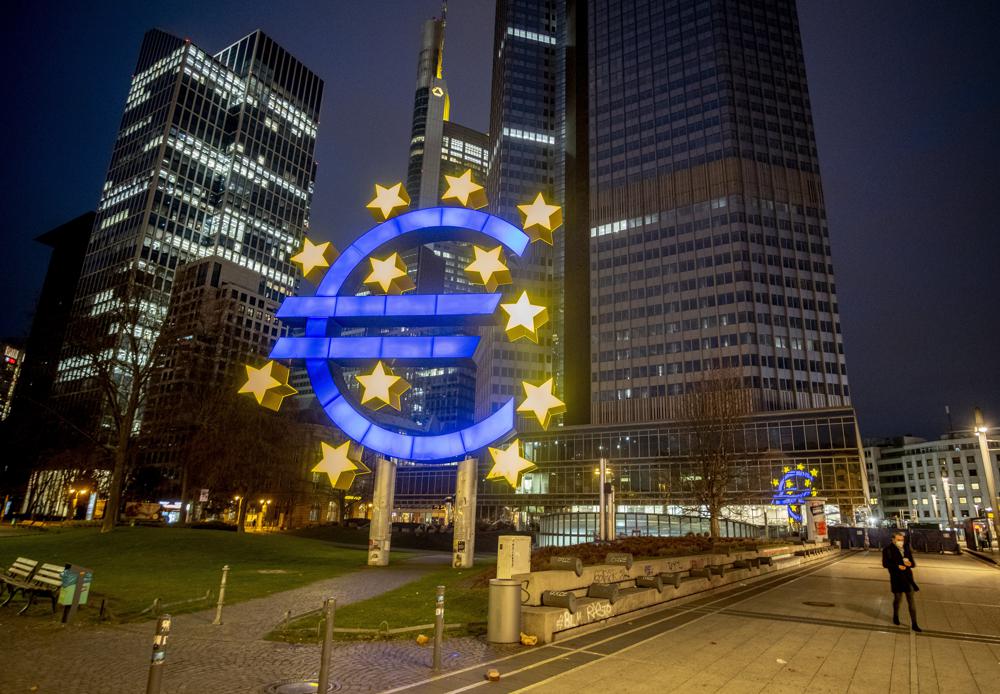
The European economy slowed substantially at the end of last year, as an increase in COVID-19 cases caused by the omicron variant , supply bottlenecks and increased consumer prices. As a result, we’re in the midst of an economic winter that won’t end until later this year.
According to the European Union’s statistics agency, growth in the last three months of 2021 was 0.3 percent for the 19 nations that use the euro. This was a decrease from the previous quarter’s 2.2 percent.
Growth for the year was 5.2 percent, indicating that Europe’s economic recovery from the pandemic has been slower than the United States’, which saw 5.7 percent growth in 2021 compared to the previous year. Growth in the United States was bolstered by a bigger percentage of federal stimulus spending than in Europe, according to experts.
The increase of COVID-19 cases, which resulted in new and shifting restrictions and discouraged cautious customers from spending money at restaurants, hotels, and entertainment, was a major factor in Europe’s recession. This is on top of clogged supply chains, which are preventing the eurozone’s export-oriented manufacturing sector from filling orders, as well as increasing oil, natural gas, and electricity prices, which are putting pressure on firms and consumers.
And Europe’s gears aren’t yet free of friction. According to UniCredit bank economists, growth “could decline further” in the upcoming quarter.
Germany’s economy dropped by 0.7 percent in the fourth quarter and is on the verge of entering a small recession if growth continues to be negative in the first three months of this year. A recession is defined as two consecutive quarters of falling output.

Post Your Comments